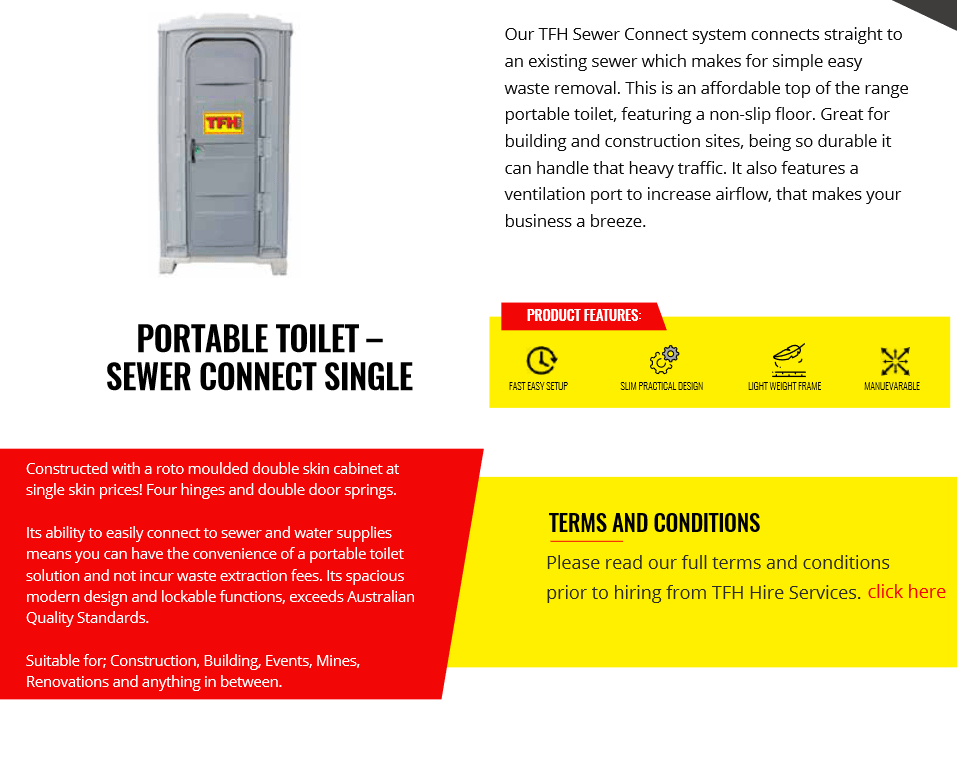The Greatest Guide To Reclaim Waste
Table of ContentsExamine This Report on Reclaim WasteThe Ultimate Guide To Reclaim WasteMore About Reclaim WasteReclaim Waste for BeginnersReclaim Waste for Beginners
Discover the kinds, incidents, and forms of fluid waste. Domestic sewer waste describes the waste and products from a residential septic system. This type of waste is created by people in houses, colleges, and other structures. This only consists of sewage-disposal tanks that have a drainpipe field. The appropriate management and disposal of residential sewage waste call for liquid waste to be moved to a sewage treatment plant where the proper techniques and equipment are used to purify and dispose of waste.
Commercial waste usually includes prospective hazards, such as flammable products or a mixture of liquid and strong waste products, and needs an advanced and comprehensive disposal process. The disposal of commercial waste commonly includes the filtration of waste before transportation to make certain safe and appropriate disposal. Hazardous waste is created from by-products and drainage of commercial processes and production.
This sort of waste can not use the same sewage administration transportation or processes as septic or industrial fluids. The hazardous waste monitoring procedure calls for the evaluation and testing of fluid waste before it undertakes the disposal procedure (liquid waste removal). Overflow waste is the fluid waste that comes from overflow and excess stormwater in extremely inhabited areas or cities
Overflow waste can trigger contamination and flooding if not managed effectively. Find out more concerning sewage system cleansing and waste administration. Making certain correct waste monitoring can protect against calamities and lower ecological damage. Both individuals in property settings and professionals in commercial or production industries can profit from recognizing the procedures and regulations of liquid waste administration.
Facts About Reclaim Waste Uncovered
Call PROS Services today to learn more about our waste monitoring and disposal services and the appropriate methods to take care of the fluid waste you generate.
Do you know what occurs to your water when you draw the plug, flush the commode or drain pipes the washing machine? No? Well, it's worth recognizing. This supposed 'wastewater' is not only a crucial source but, after therapy, will certainly be launched to our land, waterways or the ocean. Made use of water from bathrooms, showers, bathrooms, cooking area sinks, laundries and industrial procedures is recognized as wastewater.

water used to cool down machinery or tidy plant and devices). Stormwater, a form of wastewater, is overflow that moves from farming and city locations such as roof coverings, parks, yards, roads, courses and seamless gutters right into stormwater drains, after rainfall. Stormwater streams untreated directly to neighborhood creeks or rivers, eventually reaching the sea.
The 6-Second Trick For Reclaim Waste
In Queensland, a lot of wastewater is dealt with at sewer therapy plants. Wastewater is delivered from residential or commercial websites with a system of sewage systems and pump terminals, called sewage reticulation, to a sewer therapy plant. Neighborhood federal governments construct, keep and run most sewer treatment plants. Operators are certified under the Environmental Management Act 1994 to discharge treated wastewater at an acceptable environmental standard right into rivers.
The Department of Natural Resources recommends local governments concerning handling, operating and maintaining sewage systems and therapy plants. In unsewered areas, city governments might require householders to mount private or family sewage treatment systems to deal with domestic wastewater from toilets, kitchens, bathrooms and washings. The Department of Natural Resources authorizes the usage of family systems when they are shown to be effective.
In some brand-new class, treatment of some stormwater to get rid of trash, sand and crushed rock has started utilizing gross pollutant catches. Wastewater therapy happens in 4 stages: Gets rid of solid issue.
Wastewater after that streams into huge containers where solids settle and are gotten rid of as sludge. Grease and scum are skimmed from the surface. Uses little living organisms called micro-organisms to break down and eliminate remaining dissolved wastes and great fragments. Micro-organisms and wastes are incorporated in the sludge. Eliminates nitrogen and phosphorus nutrients that can cause algal flowers in our rivers and intimidate aquatic life.
The Best Guide To Reclaim Waste
Nutrient removal is not available at all sewage treatment plants because it requires costly specialist devices. It is becoming much more typical in Queensland. Clear liquid effluent produced after treatment might still have disease-causing micro-organisms. If this effluent is launched right into waterways such as rivers or the sea, the micro-organisms will eventually die out.

The majority of wastewater moves into the sewerage system. Under the Act, regional governments carry out authorizations and permits for environmentally pertinent activities (Periods) including wastewater launches that may have a local effect.
Reclaim Waste Can Be Fun For Everyone
Or else, samples are taken for research laboratory evaluation. Commonly several tests are required to develop the degrees of each of the different contaminants such as oils, heavy steels and chemicals in water. Surveillance offers accurate info concerning water top quality and can validate that permit conditions are being satisfied. The info acquired via surveillance provides the basis for making water quality decisions.
Comments on “Reclaim Waste for Dummies”